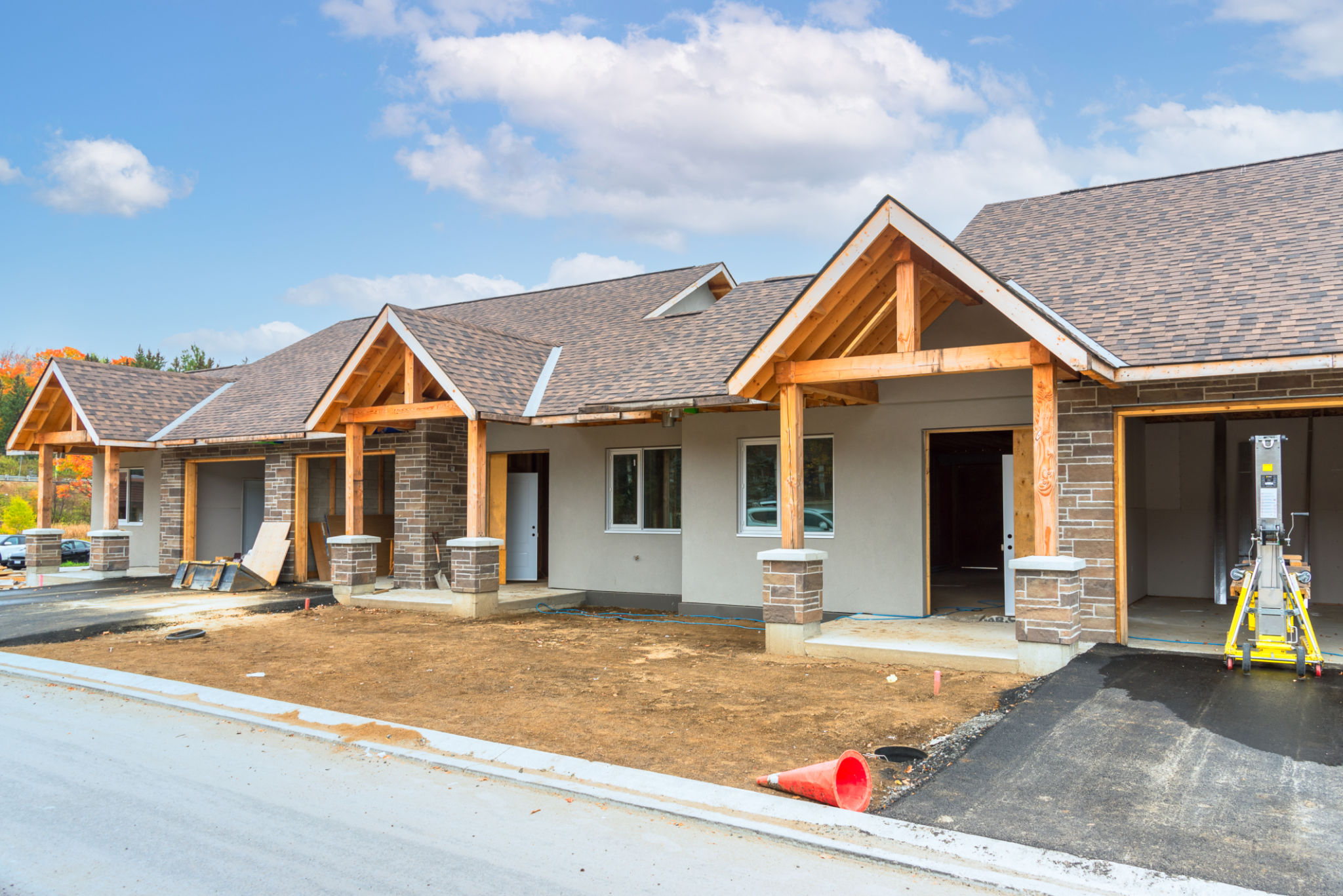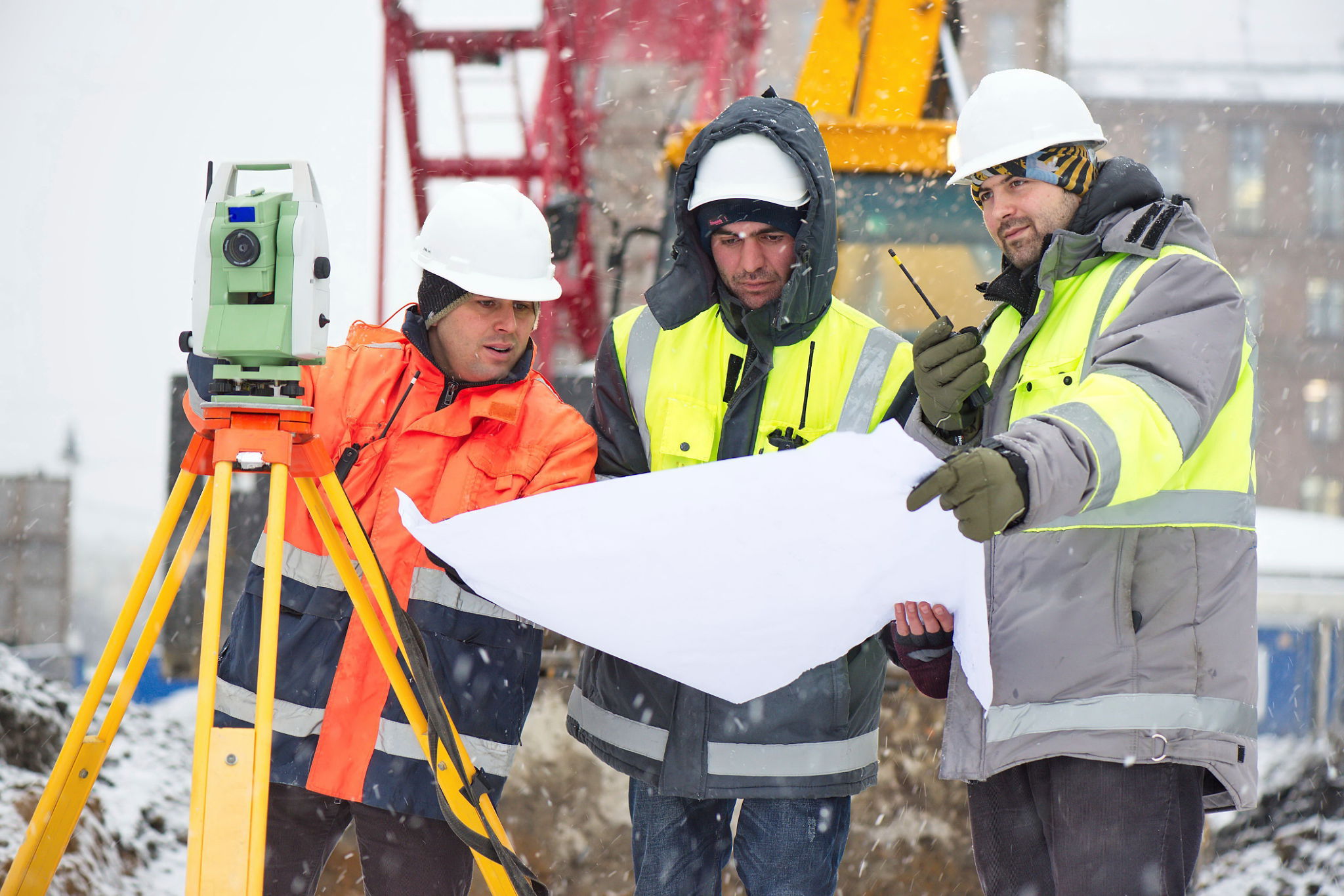Preparing for Construction: A Seasonal Checklist for Utility Surveys
Understanding the Importance of Seasonal Utility Surveys
Preparing for construction is a complex process that requires meticulous planning and attention to detail. One critical aspect that often goes overlooked is conducting utility surveys. These surveys are essential for identifying existing underground and overhead utilities, which can significantly impact the construction process. Preparing a seasonal checklist can help ensure that utility surveys are conducted efficiently and effectively throughout the year.
Each season presents unique challenges and opportunities for utility surveys. By understanding these seasonal differences, construction managers can better plan and execute their projects, minimizing delays and avoiding costly mistakes. It is crucial to adapt the survey processes to the changing conditions to maintain safety and accuracy.

Spring: A Fresh Start for Accurate Surveys
As winter thaws into spring, it is an ideal time to conduct utility surveys. The ground is softer, making it easier to access underground utilities. Additionally, with the snow melted, visibility improves, allowing for more precise surface assessments. However, spring also brings challenges such as muddy conditions that can hinder equipment movement.
During this season, consider these steps in your checklist:
- Ensure that all equipment is calibrated and ready for use after winter storage.
- Inspect the site for any changes caused by winter weather, such as erosion or flooding.
- Plan surveys around weather forecasts to avoid rain-soaked grounds.

Summer: Optimal Conditions and Increased Activity
Summer offers optimal conditions for utility surveys. With longer daylight hours and generally stable weather, surveyors can maximize their time on site. However, increased construction activity during summer months can lead to scheduling conflicts, making it essential to plan surveys well in advance.
Here are a few recommendations for summer surveys:
- Coordinate with other construction activities to avoid interference and ensure safety.
- Take advantage of the longer days to perform thorough surveys without rushing.
- Stay hydrated and be mindful of heat-related safety precautions for survey crews.
Autumn: Preparing for Winter Challenges
As autumn arrives, construction projects often race against time to complete tasks before winter. This urgency makes accurate utility surveys even more critical to prevent unexpected delays. Fallen leaves can obscure surface features, so extra caution is needed during this period.

To prepare for autumn surveys:
- Conduct thorough site inspections to identify any obscured utilities early on.
- Plan for potential weather disruptions as autumn storms can affect schedules.
- Ensure all documentation and markings are winter-ready to withstand harsher conditions.
Winter: Overcoming Weather-Related Obstacles
Winter presents significant challenges for utility surveys due to cold temperatures, snow, and ice. Despite these obstacles, some surveys may still need to be conducted during this season. Proper preparation and planning are crucial to ensure safety and accuracy.
Consider these tips for winter surveys:
- Utilize technology such as ground-penetrating radar that can function effectively even in cold conditions.
- Schedule surveys during milder weather windows when possible.
- Ensure all team members are equipped with appropriate winter gear and safety equipment.

Conclusion: The Role of Seasonal Planning
Effective utility surveys are a cornerstone of successful construction projects. By incorporating seasonal considerations into your survey planning, you can optimize operations, reduce risks, and ensure project timelines are met. Remember that each season brings its own set of challenges and opportunities; adapting your approach accordingly is key to maintaining efficiency and safety on site.
By following a comprehensive seasonal checklist, construction managers can proactively address potential issues, ensuring smoother project execution no matter what time of year it is. Implementing these practices will not only enhance survey accuracy but also contribute to the overall success of construction endeavors.
